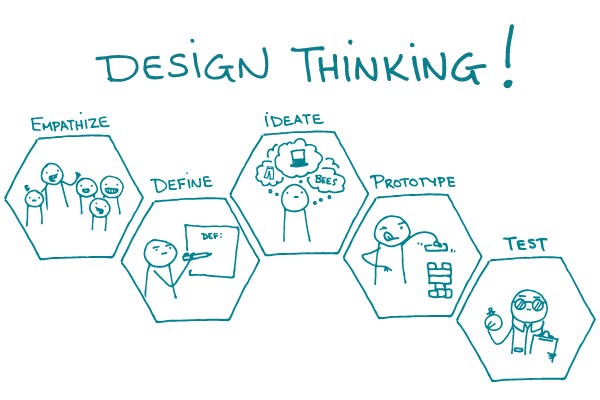
Design thinking is a step-by-step way to approach the creative process. Much in the way that you would follow steps to conduct an experiment or program an app, you can use design thinking to guide your creative process. And it puts the end-user at the center of your thinking, which is something we really, really ❤.
The best part is that you don’t have to be a designer to use design thinking! It’s intended for anyone trying to come up with a creative solution to a problem. Try it the next time you’re faced with a health communication challenge.
Here’s how it works:
- Empathize with the target audience by becoming an audience member or involving yourself with the group (for example, try to do the activity yourself or observe and talk with members of the target audience)
- Define the specific problem based on your observations during the first step
- Ideate as many possible solutions to the defined problem — push yourself to think outside of the box
- Prototype by building working examples of the possible solutions
- Test your prototype with users to see if it successfully addresses the defined problem
You can repeat any step as often as needed until you find a solution or product that works.
Want to learn more about design thinking? Try the 90-minute design thinking crash course from the Institute of Design (d.school) at Stanford. The school has popularized the method by introducing it to a variety of fields, including business, medicine, and science.
The bottom line: The next time you have a problem to solve, try using design thinking to come up with an effective user-centered solution.
Browse recent posts